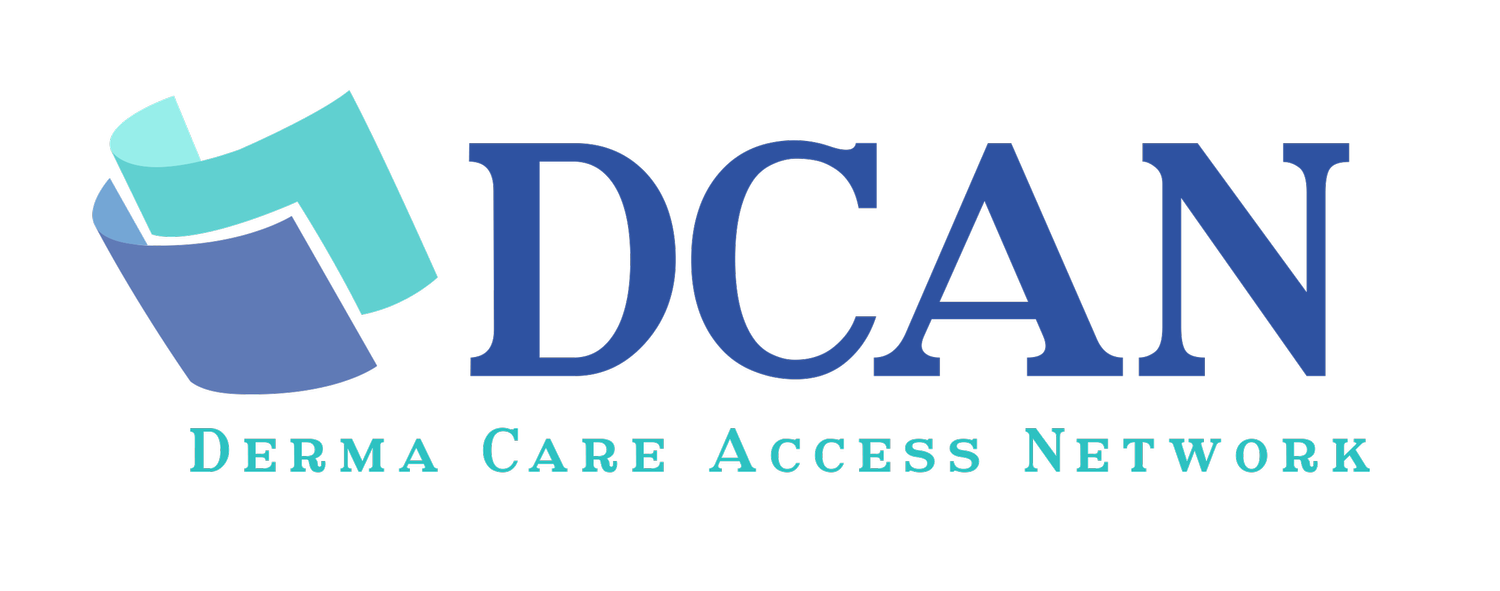Let me share the story of one of my patients who suffers from severe eczema.
For this patient, as for others with eczema, the skin had become red and irritated, thick and cracked. Over the years, she tried many oral and topical medications. None brought relief. She suffered through periods where she was unable to work or sleep because of open sores. She even paid thousands of dollars from her own pocket to try phototherapy because her insurance wouldn’t cover the cost.
About a year ago, I learned of a promising new medication. She’s the perfect patient for this, I thought. She’s already tried and failed everything else. Hopeful, I prescribed it. More than a month later, after calls and letters back and forth, I learned that the insurance company had denied it. I was baffled. I completed her insurer’s appeal process: more calling, more letters, even completing a “peer-to-peer” consult. The months dragged on, with assurance of a decision within 90 days. The final denial came on day 92.
She wound up receiving payment assistance from the manufacturer to get her through a year of treatment. For the first time, she’s responding well. She’s relieved, grateful. But as the year draws to a close, she’s also anxious about whether her insurer will step in and allow her continued access to the medicine.
During Eczema Awareness Month, I want people to understand the complexity and impact of this disease. I also want greater understanding of the access challenges that keep patients like this one from getting – and staying – well.
After all, skin does more than keep everything inside our bodies. It’s also a barrier that keeps germs out, helping us stay safe and healthy. But for people with eczema, the skin struggles to provide that protection.
Every case is unique. That’s why I spend time with each patient, working through short- and long-term therapy goals, which often means a combination of medications and treatments. Insurers, however, often challenge our plans.
Obtaining proper coverage for medications that insurance should cover is particularly important because of eczema’s hidden costs. Patients are already footing the bill for gentle detergents, cleansers and shampoos, non-irritating products and clothing. The same is true for over-the-counter treatments like special moisturizers and bandages. And many patients – often the most severe – seek multiple opinions, sometimes out of network, sometimes with alternative medicine providers.
Insurance may cover these in part or not at all; very rarely do they cover them in full. Patients can spend hundreds or thousands of dollars per month out of their own pockets. To make the time and investment worthwhile, patients must be able to combine these efforts with effective therapies prescribed by their physician.
This month, and every month, it’s important to recognize that barriers like high out-of-pocket costs and insurance company denials make it hard for eczema patients to adhere to the plan of care they determined with their physician – and harder to control their disease.
Peter Lio, MD, is a practicing dermatologist and co-founder of the Chicago Integrative Eczema Center.


